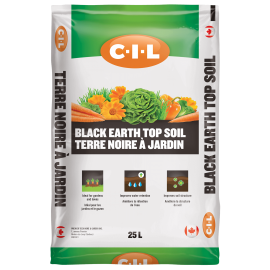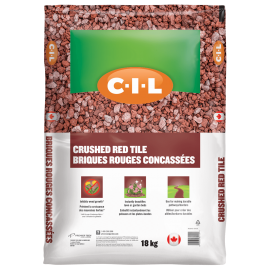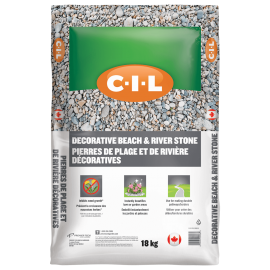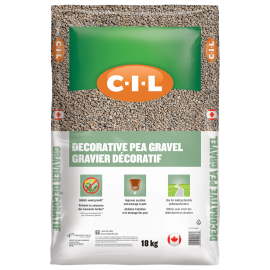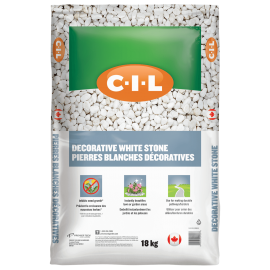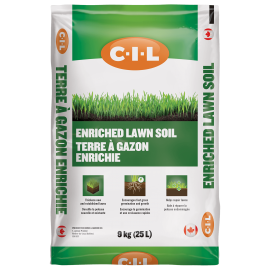What You Need to Know About Making a Terrarium
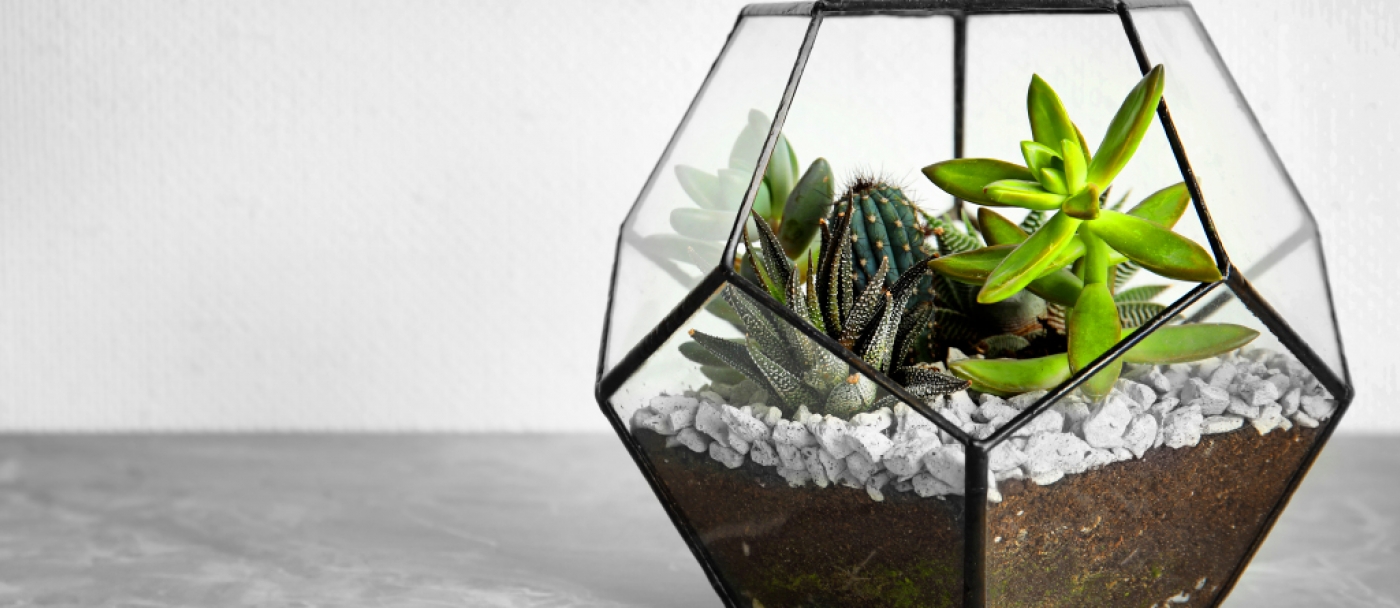
A terrarium is a miniature landscape in a container, and it’s perfect for a tabletop or office. Making a stylish terrarium doesn’t need to be complicated or expensive, but it’s a whole lot of fun.
Here’s what you need to know about making a terrarium.
1. Choosing a Container
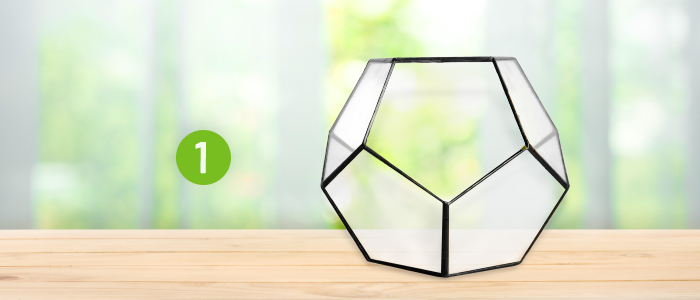
A terrarium can be created in any clear glass container with a wide mouth. Containers with narrow necks are attractive, but they’re more difficult to plant and care for.
Moisture loving plants do well in a container with a lid, but as a general rule, most plants need the air circulation provided by a container with an open top.
2. Selecting Plants
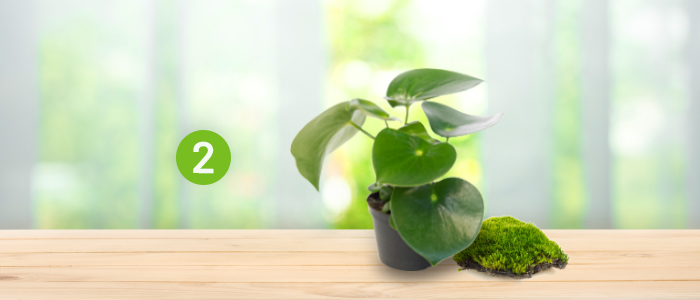
Plants should be small enough to fit in the container without touching the sides. Ideally, you should select plants that can tolerate humid environments and low to medium light. Succulents and cactus have special needs and usually aren’t good for regular terrariums.
Good choices include:
- Mosses
- Miniature ferns
- Peperomia
- Aquamarine (Pilea glauca)
- Nerve plant (Fittonia)
- Victoria fern (Pteris)
- Pilea
- Baby’s tears
3. How to Make a Terrarium
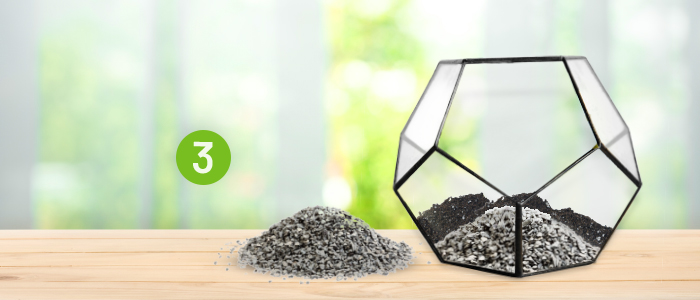
Begin by placing a handful of tiny pebbles or stones in the bottom of the container. Terrariums don’t have a drainage hole in the bottom, so pebbles ensure the roots are above wet, soggy soil.
Top the pebbles with a thin layer of activated charcoal to help with drainage, and to keep the air in the terrarium fresh and free of odors.
Arrange a layer of moist moss on top of the charcoal. Moss creates a barrier that keeps the potting soil from getting mixed up with the charcoal and pebbles, and also adds interest and color to the terrarium.
If you like, cover the charcoal with mesh. This is just one more step to keep the potting soil above the charcoal and pebbles.
Next comes the potting soil. You’ll need a depth of at least 5 cm to support the roots. All the layers together should equal about half the depth of the container. Potting soil should be the thickest layer.
Now, you’re ready to plant the terrarium. Locate taller plants in the back and smaller plants in the front. Use chopsticks or tongs if you can’t fit your hand in the container.
4. Caring for Your New Terrarium
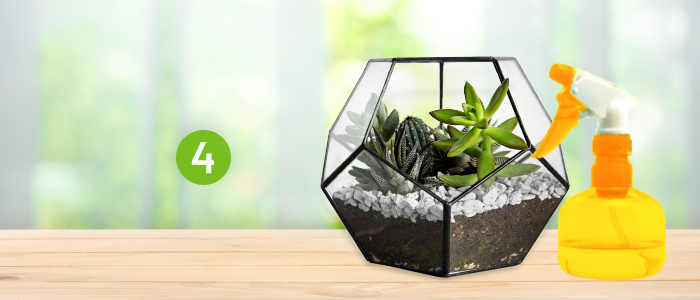
Mist terrarium plants lightly with a spray bottle once or twice a month. Don’t be tempted to water too often. If you’re using a container with a lid, remove the cover if you notice condensation on the inside of the glass.
Keep the terrarium in low or moderate light, but never in direct sunlight. Remember that glass becomes overheated very easily.
Don’t fertilize your terrarium. The goal is for plants to remain small.
